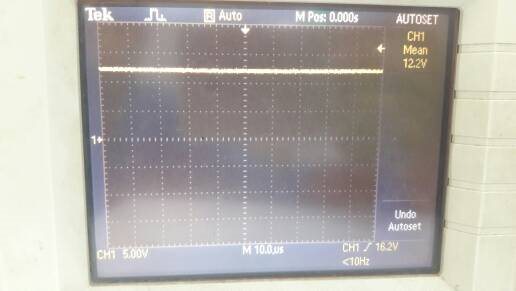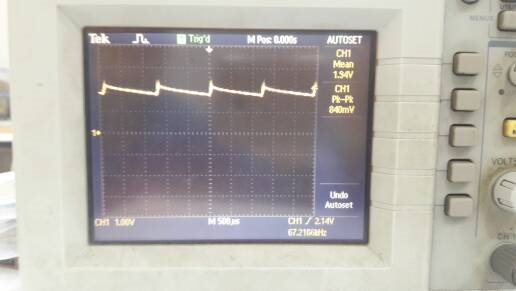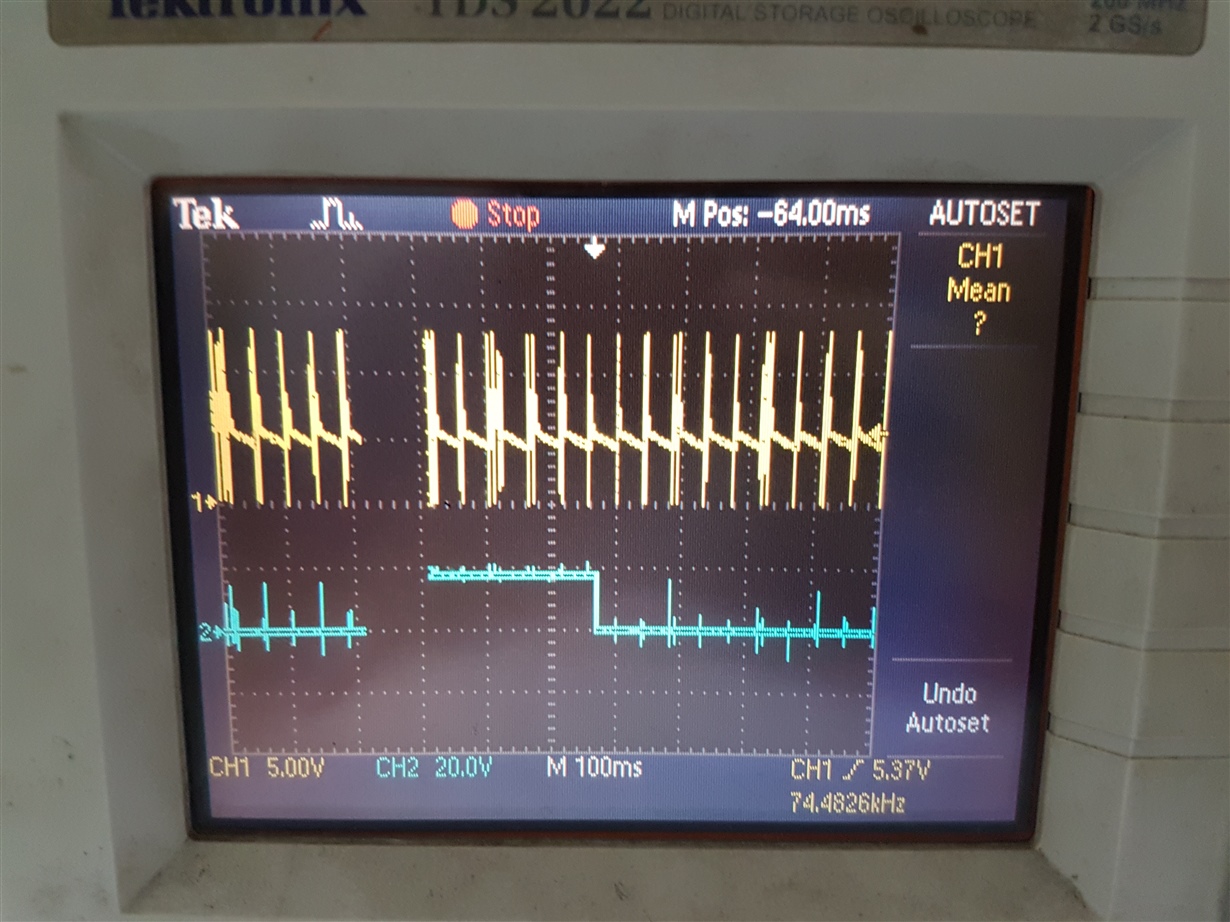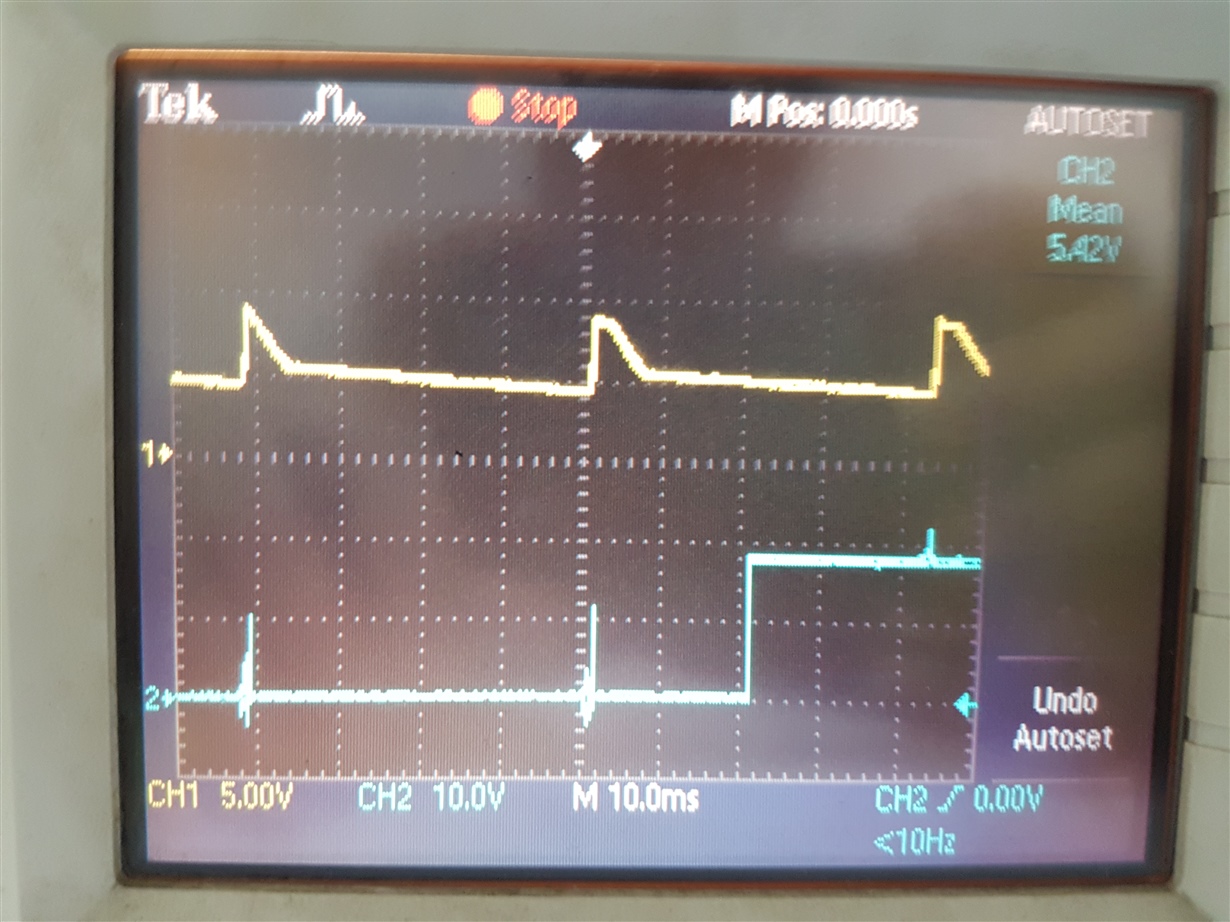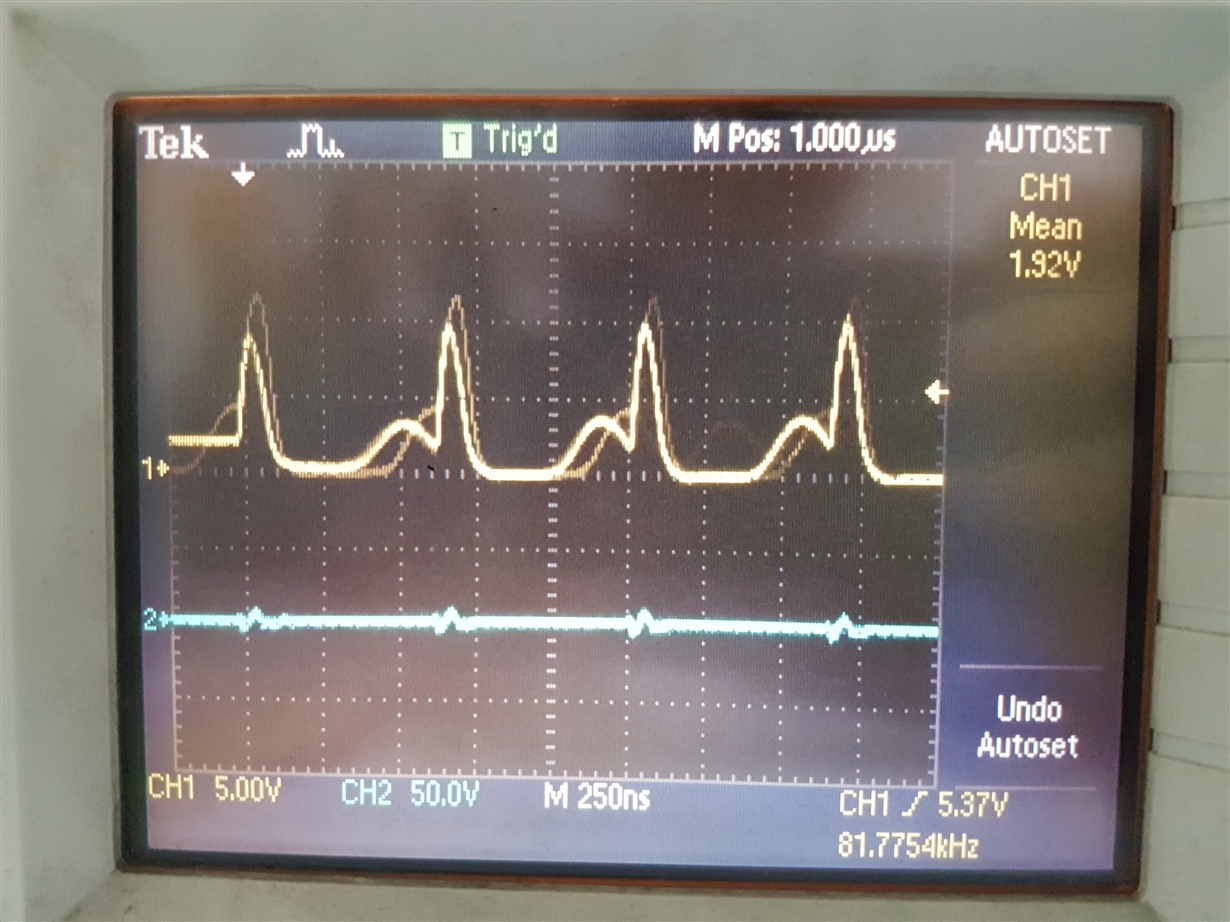Hi,
I followed the sluu463 EVM schematic for the battery charging IC, I changed the some of the components in the schematic as I don't have that components right now, the changed components are as follows
Q2,Q3= CSD15571Q2
D3=1N589
D2=MBR360
R2,R15= Replaced with short
I checked the status pin,it is showing always 3.6V, I'm not able to understand what is the problem in the circuit. Except the above changes everything is same I followed. Please someone help me to find out the mistake.



